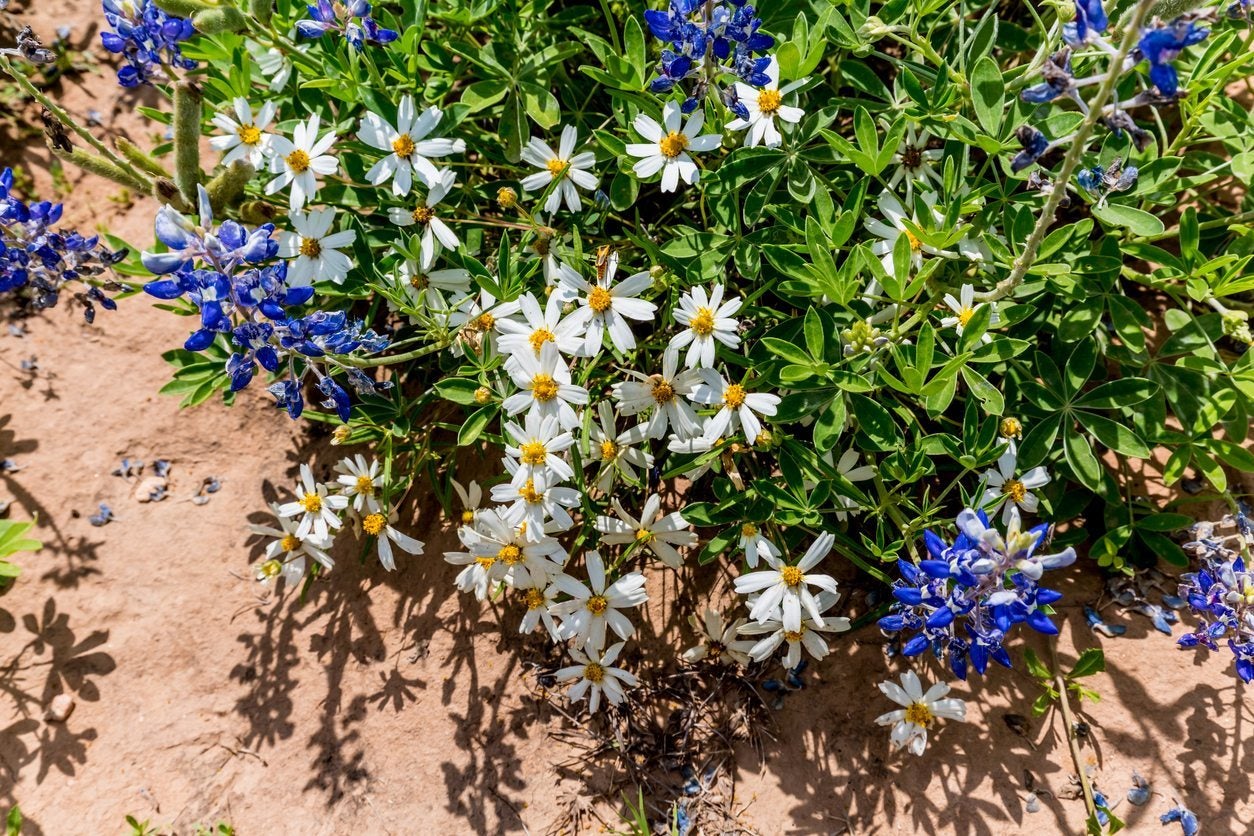Learn About Blackfoot Daisies: How To Grow Blackfoot Daisy Flowers


Also known as Plains Blackfoot daisy, Blackfoot daisy plants are low-growing, bushy perennials with narrow, grayish green leaves and small, white, daisy-like flowers that appear from spring until the first frost. In warm climates they bloom throughout most of the year. Read on to learn more about Blackfoot daisies.
About Blackfoot Daisies
Blackfoot daisy plants (Melampodium leucanthum) are native to Mexico and the southwestern United States, as far north as Colorado and Kansas. These tough, drought-tolerant wildflowers are suitable for growing in USDA plant hardiness zones 4 through 11. Blackfoot daisies thrive in rocky or gravelly, acidic soil, making them an ideal choice for dry environments and rock gardens. Bees and butterflies are attracted to the sweet smelling, nectar-rich flowers. The seeds sustain songbirds during the winter.
How to Grow Blackfoot Daisy
Collect seeds from wilted plants in fall, then plant them directly outdoors shortly thereafter. You can also take cuttings from mature plants. Well-drained soil is an absolute necessity for Blackfoot daisy growing; the plant is likely to develop root rot in poorly drained soil. Although Blackfoot daisy plants need plenty of sunshine, they benefit from a little protection during the afternoon in hot southern climates.
Tips on Blackfoot Daisy Care
Blackfoot daisy care is uninvolved and little water is required once the plant is established. Water only occasionally during the summer months, as too much water results in a weak, unattractive plant with a shorter lifespan. Keep in mind, however, that Blackfoot daisies grown in containers will require more water. Withhold water entirely during the winter months. Feed these plants lightly in early spring using a general-purpose fertilizer. Don’t overfeed; this dryland wildflower prefers poor, lean soil. Trim spent flowers to encourage continued blooming throughout the season. Trimming wilted blooms will also reduce rampant self-seeding. Cut older plants down by about half in late winter to keep the plants bushy and compact.
Sign up for the Gardening Know How newsletter today and receive a free copy of our e-book "How to Grow Delicious Tomatoes".

A Credentialed Garden Writer, Mary H. Dyer was with Gardening Know How in the very beginning, publishing articles as early as 2007.